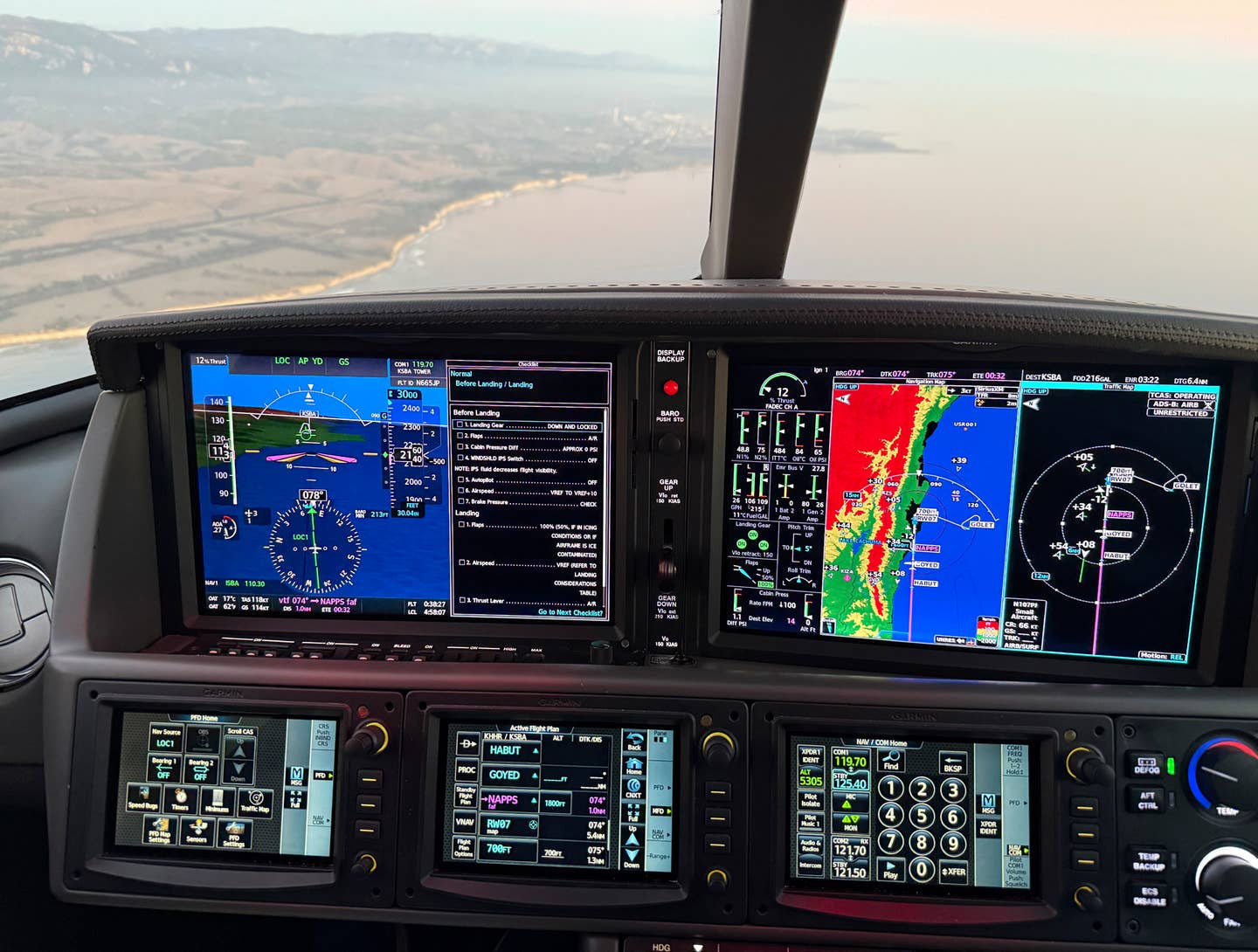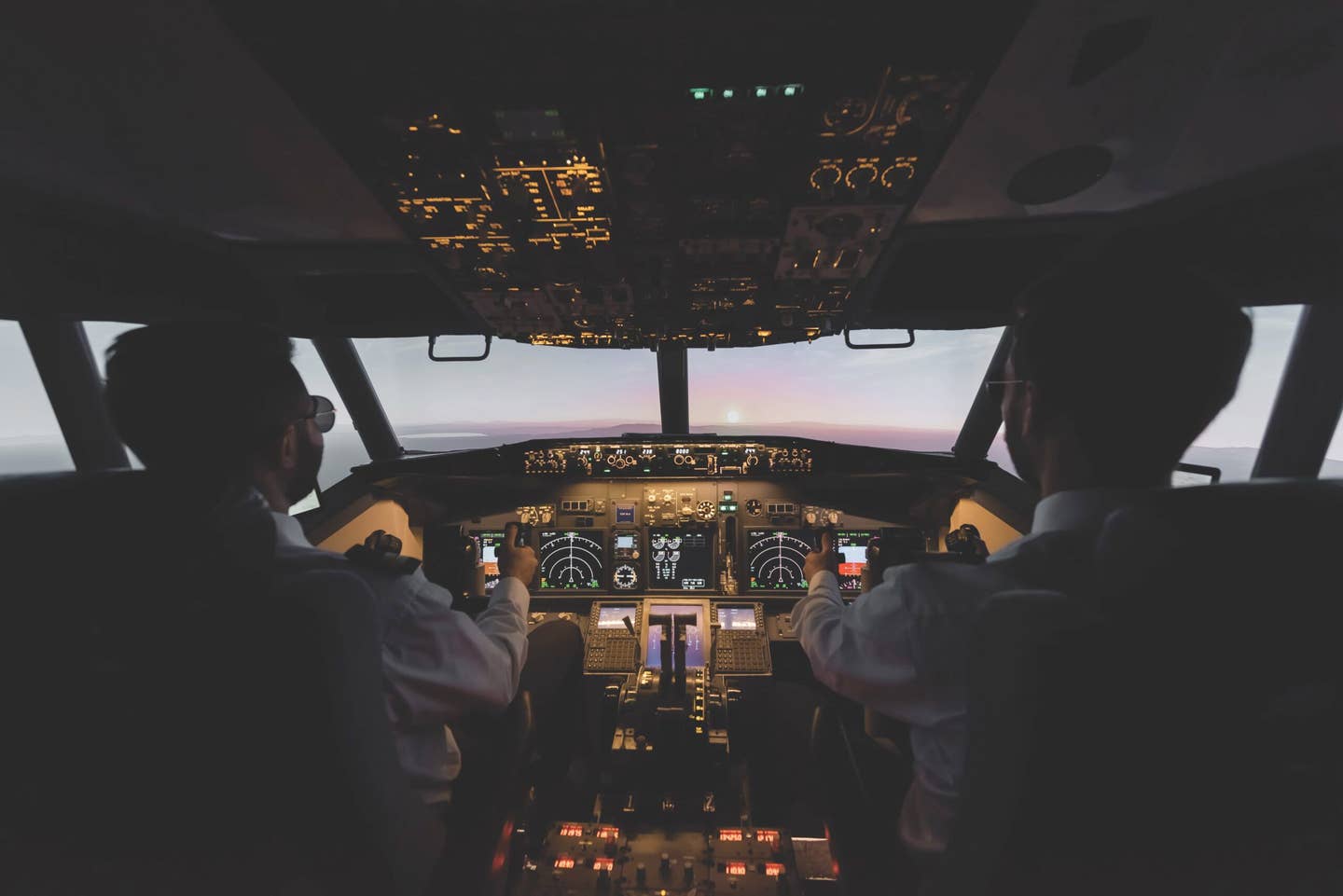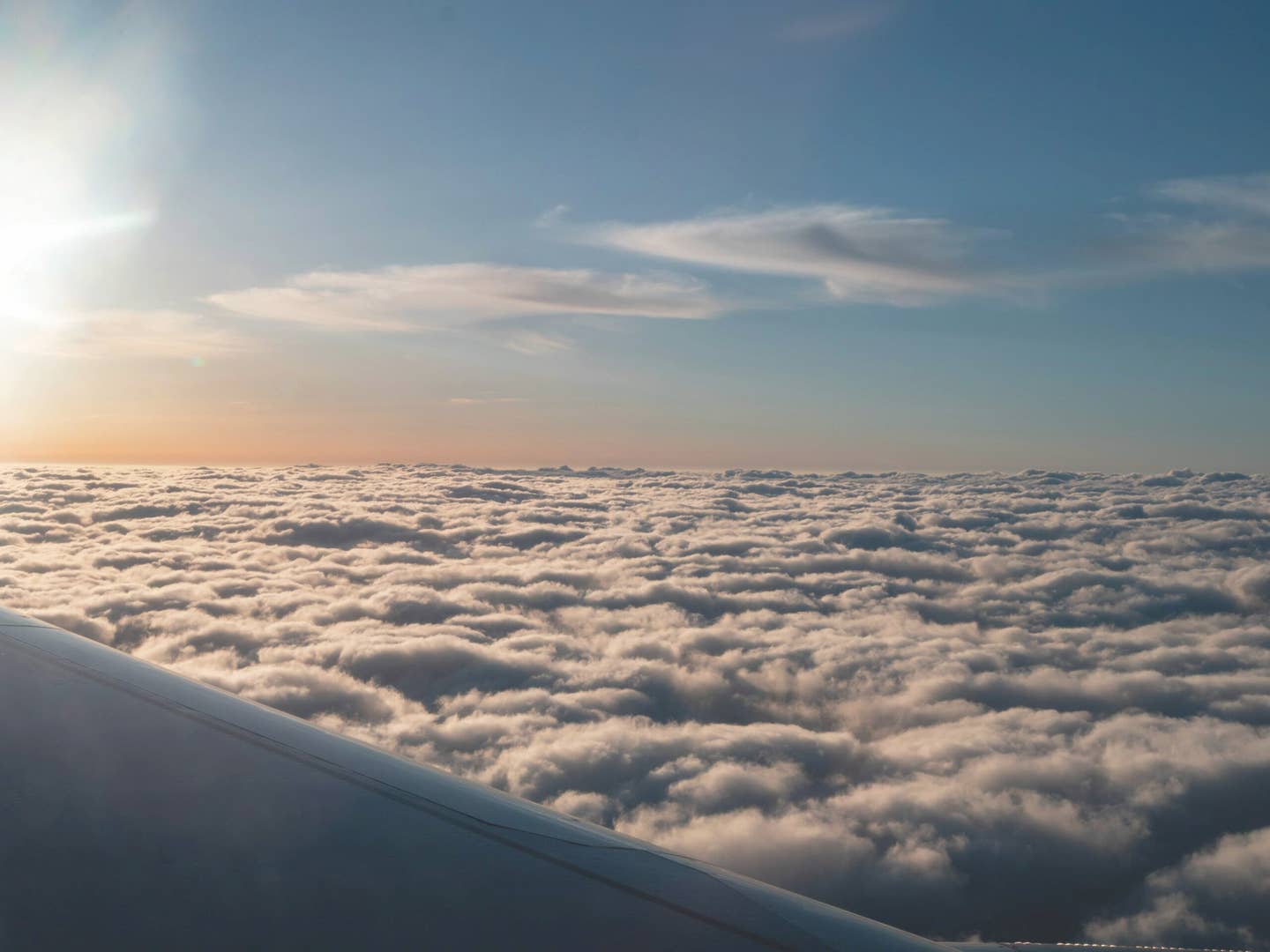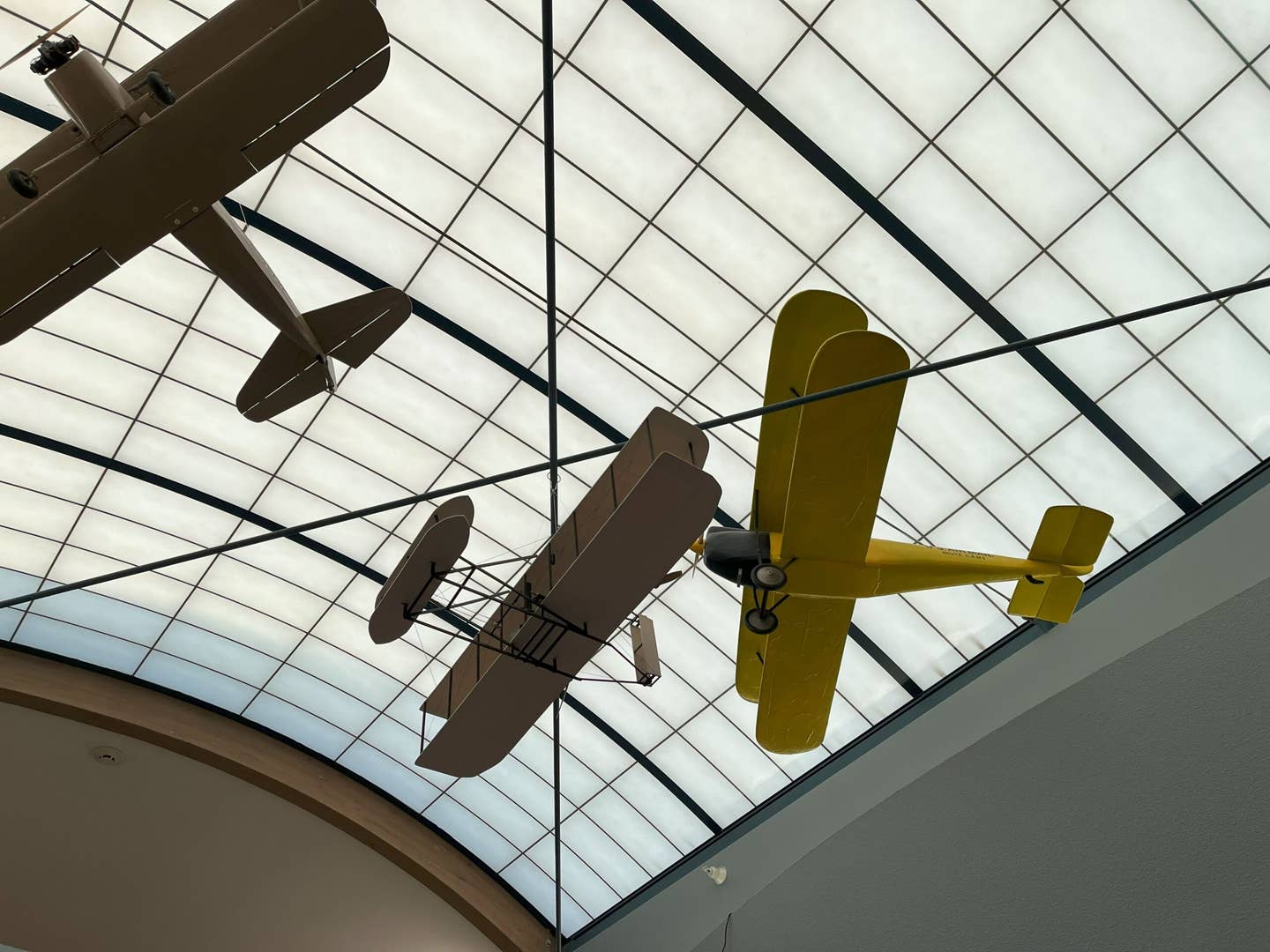The Hazard of Oz
A 337 breaks up and rains down from 27,000 feet. Amazingly, the right seat passenger lives to tell how it happened.

Bottled oxygen is fed into a mask in order to create a little island of air that is abnormally rich in oxygen around the user’s nose and mouth. [Shutterstock, not the subject airplane]
If you've ever been troubled by doubts about the plausibility of Dorothy's being carried off in her house by a tornado and then dumped back on the ground, house and all, without injury to herself or Toto, an accident that took place a few years ago should persuade you that it really could have happened.
A Cessna 337D Skymaster, an unpressurized, turbocharged twin modified with a floor-mounted camera in the cabin, departed its home base in order to do some aerial photography. The 3,100-hour private pilot and his assistant were aboard. After shooting three locations, they landed at another airport. There the pilot filed an IFR flight plan and "set up" the portable oxygen system, which had been charged that morning, for the next flight. This time, they would be climbing to 25,000 feet.
They took off at a quarter to two. As they climbed through 10,000 feet, the pilot told his assistant to put her oxygen mask on. He did the same. The assistant tried to turn on the oxygen but wasn't sure how, and the pilot reached back to open the valve. The assistant knew the oxygen was now on, because she could feel cool air flowing into the mask and the flow indicator ring in the oxygen line changed from red to green.
As the Skymaster climbed through 20,000 feet, the pilot remarked on the altitude and asked the assistant how she was doing and whether she felt OK. She said she did. Then, however, she became aware that she was starting to feel dizzy and was having trouble focusing. She felt as though she were cross-eyed. She said to the pilot that she was feeling dizzy, but he didn't respond. He must be talking to the tower, she thought. She closed her eyes and noticed that this made her feel better.
Air traffic control had cleared the flight to maintain FL 250. Controllers, unable to communicate with the pilot, observed the airplane climbing through that altitude, eventually reaching 27,700 feet. It then descended to 26,000 feet before radar contact was lost.
Shortly afterward, the airplane rained down in pieces over an area of several square miles. Both tail booms, together with the empennage, outboard left wing and the right door, had separated from the cabin, which fluttered down with its two occupants. It came to rest 30 feet above the ground in a hickory tree. The pilot was dead, not from the impact but from lack of oxygen. His assistant, however, was merely unconscious. Perhaps profiting from the divine protection allegedly accorded to some who collide with doors, stairs and lampposts while in states of impaired consciousness, she sustained only cuts and bruises in the crash.
The weather at the time of the accident was good, and there was no indication of any mechanical malfunction. Investigators tested the gas in the FBO's oxygen bottle from which the portable unit had been filled, and found it to be not pure oxygen but, instead, simply compressed air. It appeared that, because of some misunderstanding between the FBO and his oxygen supplier, the FBO had been regularly receiving, and dispensing, compressed air in the belief that it was aviator's breathing oxygen.
A bottle of compressed air is useful at sea level (for breathing in toxic environments, for example) and under water, but it is of no use at all at high altitude, because once the air emerges from the bottle it is at ambient pressure and is no different, for breathing purposes, from the ambient air.
What counts for maintaining the required level of oxygen in the blood is the so-called "partial pressure" of the oxygen in the air being breathed. The word "partial" refers not only to some fraction of the ambient pressure, but also to the fraction of the gas being breathed that is oxygen. Atmospheric air consists mostly of nitrogen, a gas having no role in human metabolism. Only 21 percent of it is oxygen. (It's interesting to note, by the way, that most of the "working gas" driving reciprocating and turbine engines consists not of products of combustion, but rather of inert nitrogen.) The body's uptake of oxygen is proportionate to both the ambient pressure and the fraction of the breathed gas that is oxygen; in fact, it is proportionate to their product.
The whole point of feeding bottled oxygen into a mask is to create around the user's nose and mouth a little island of air that is abnormally rich in oxygen, and thus to preserve a more or less constant partial pressure at the same time as the atmospheric pressure is decreasing. An atmosphere containing 42 percent oxygen, or double the normal concentration, breathed at a pressure altitude of 18,000 feet, is equivalent, for the body's purposes, to a sea level atmosphere, because at 18,000 feet atmospheric pressure is half what it is at sea level.
Of course, sea level partial pressure is not required to sustain life or even thought. Most people operate at altitudes of 5,000 to 7,000 feet without experiencing any of the uncomfortable symptoms, including headache, nausea and vertigo, referred to as "altitude sickness." Individuals differ, some tolerating altitude better than others, but many pilots routinely cruise at 10,000 feet, where the pressure is 70 percent of the sea level value, without using oxygen and without displaying any hypoxic symptoms, and FAR 91.211 requires oxygen use (after 30 minutes) only at 12,500 feet (where the pressure is about 62 percent of the sea level value) and above. The regulations, by the way, make no distinction between smokers and non-smokers, although it is well established that smokers are more prone to hypoxia.
That different people are differently affected by hypoxia is grimly evident in the fact that the pilot-photographer died (according to the autopsy) from lack of oxygen while at altitude, while his assistant merely slept. Charts of physiological effects of altitude are widely available but do not agree with one another, some speaking merely of "time of useful consciousness" at altitudes near 30,000 feet, others of imminent death. Everest, 29,000 feet high, has been climbed a number of times without oxygen. Climbers, of course, adapt to high altitudes, spending weeks camped at 18,000 feet before finally assaulting the peak. But the mere fact that some people die in a few minutes at 29,000 feet while others trudge up a mountain shows the extreme variability of human types, physical conditions and reactions to hypoxia, and also seems to suggest that the same person may react differently to it at different times.
Although the assistant, who survived to describe her sensations, had noticed that she was feeling strange as the airplane climbed through 20,000 feet, the pilot evidently succumbed without suspecting anything. The belief that you are breathing oxygen would tend to dispel any doubts, but one of the effects of hypoxia (as is also the case with alcohol) is a happy, confident feeling that undermines whatever concerns a pilot might normally experience when feeling dizzy or having blurred vision or blue fingernails, and makes him cheerfully forgiving of his own mistakes. It's a fair bet, since aviators' breathing oxygen is expensive and not available everywhere, charging onboard systems is time-consuming, and most airplanes that are capable of climbing to oxygen altitudes (which is to say, most airplanes) don't even have oxygen systems, that many pilots have flirted with hypoxia and continue doing so without even being aware of it. Normally, cruising flight places so few demands on a pilot's physical and intellectual skills that we are able to perform adequately even when chronically, if mildly, hypoxic.
A pilot needn't rely on guesswork to know his oxygen state. Pulse oximeters, which report the amount of oxygen in the blood in terms of a percentage of its total carrying capacity, are available at fairly low cost. One very small but perfectly accurate unit can be had for under $400; check www.aeromedix.com, or call 888/362-7123. Use is simple: you stick a finger into the device and wait a few seconds for a reading to appear, along with your pulse rate (a less useful datum), on the display. Normal oxygen saturation is above 95 percent; a reading below 90 percent should be cause for concern if you're doing anything more demanding than washing your dog.
Considering the cost of aviators' breathing oxygen (which comes in green bottles so labeled, not yellow ones from which the Skymaster's system was charged), an oximeter will eventually pay for itself in oxygen saved. Having no way to judge how much oxygen is enough, pilots and passengers who use oxygen almost invariably use more than they need. A pulse oximeter is a perfect method of regulating consumption and extending the range of an oxygen bottle.
Incidentally, it is not clear that there is any longer a difference between aviators' breathing oxygen, medical oxygen and welding oxygen. Aviators' oxygen supposedly contains less moisture, which could become an issue in systems plumbed through unheated parts of an airplane, where moisture might freeze, blocking flow. That may have been the case decades ago. But modern oxygen distillation systems yield pure, dry oxygen for all purposes; in fact, in hospitals the oxygen is re-moisturized (by passing it through a sort of bong) on the way to the cannula to avoid dehydrating the patient's mucous membranes.
Hypoxia is a nebulous threat. It may be a factor in many more pilot errors than we know, but to place it unequivocally in a chain of accident causation is usually difficult. In this case, however, its role was obvious, and extreme: it actually killed the pilot.
One aspect of this accident that is worth noting, though it has nothing to do with oxygen, is that the unpiloted airplane broke apart in flight. Presumably, this happened because it picked up sufficient speed in a spiral dive for some part to flutter. It is customary, when an airplane breaks apart in flight, especially after a VFR pilot has flown into a cloud, to attribute the breakup to some pilot action, such as a desperate pull-out that overstresses the wings. This accident demonstrates that no pilot action is needed; left to its own devices, an airplane may go into a spiral dive and eventually break up all by itself.
This article is based solely on the National Transportation Safety Board's report of the accident and is intended to bring the issues raised to the attention of our readers. It is not intended to judge or to reach any definitive conclusions about the ability or capacity of any person, living or dead, or any aircraft or accessory.

Sign-up for newsletters & special offers!
Get the latest FLYING stories & special offers delivered directly to your inbox






